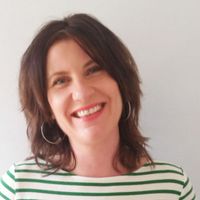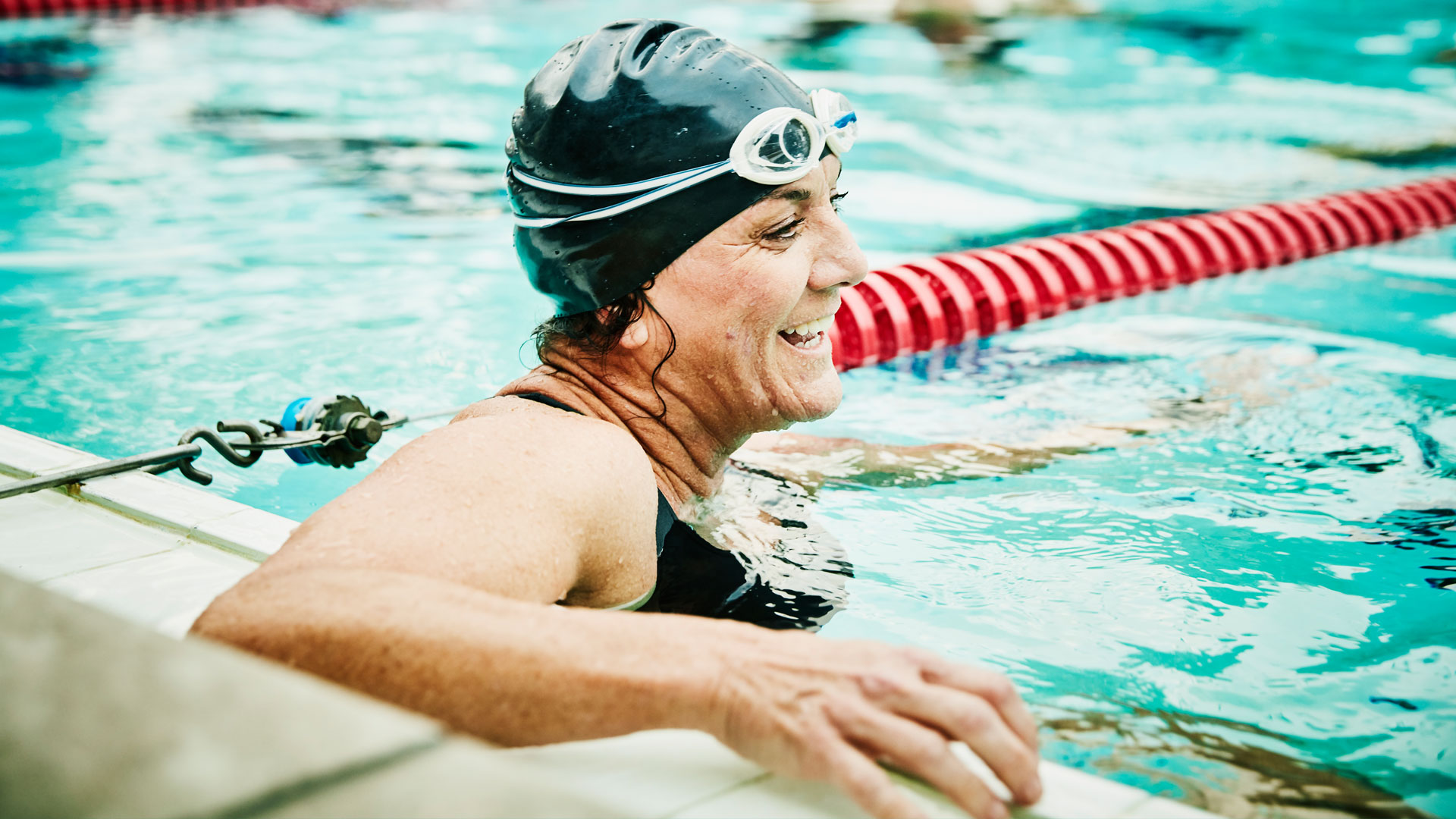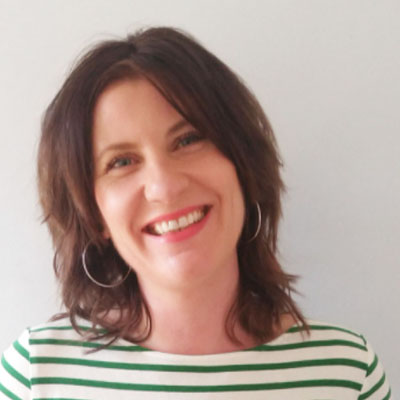Does swimming build muscle?
Does swimming build muscle? We’ve got the lowdown on whether swimming can make you ripped, and tips on how to maximize your swim session


If you’ve been asking; does swimming build muscle, then look no further. When most of us think about building muscle, our thoughts naturally might turn to lifting the best adjustable dumbbells in the gym, not taking a few laps of the local pool. You may be surprised to learn that swimming can be just as effective as weight lifting, although it may take a little longer to get there.
In fact, swimming works more muscles in your body than almost any other exercise. It’s also a great cardiovascular exercise. The water cushions your body too, making it a safe, low-impact exercise on the joints, minimizing the risk of injury.
We’ve spoken to Incus-enabled marathon water swimmer Neil Gilson, to find out which muscles get a workout in the pool, which swimming strokes maximize muscle building, and how long you need to swim to see the best results.
Plus, Gilson shares his tips for transforming your swim sessions into a full muscle workout.
Which muscles does swimming work?
“Swimming works almost every muscle in your body,” says Gilson. “The great thing about swimming is that it even works the smaller muscles that support your joints, which can help prevent injury.”
However, Gilson points out that it’s important to practice different strokes during swimming, in order to make your training time in the pool as effective as possible. He recommends the following strokes to help target specific muscles:
Butterfly stroke
Start your week with achievable workout ideas, health tips and wellbeing advice in your inbox.
This stroke will work your core and lower back. These are the muscles that lift the body up and out of the water when breathing. Glutes work to move your legs together, while your pectorals, lats, hamstrings, calves, shoulders, biceps, and triceps all get heavy use with the butterfly. As Gilson says, “It’s the hardest stroke to maintain but a great stroke for getting the heart rate up and building muscle.”
Breaststroke
The pectorals and latissimus dorsi muscles (middle and lower back) are used with every arm pull of the breaststroke, while the glutes and quads are the main muscles used in the leg kick.
Freestyle and backstroke
“These strokes work similar muscles,” says Gilson. “The core muscles help to rotate the torso into the stroke and keep the hips high to support your body in the water. With each arm stroke, you’re also working your biceps, triceps, and shoulder muscles. Neck muscles support the head positions and turn the head to breathe, while quads, hamstrings, and calves are all in use with the leg kick.”

Can swimming build muscle?
Although swimming won’t inflict the kind of mechanical trauma on the muscles that you see with weightlifting, it can induce metabolic stress. This is a process that increases metabolites in the body, encouraging swelling and growth in the muscles.
Any kind of repetitive resistance training helps this process along. “Swimming will build muscle as it is a resistance exercise,” says Gilson. “Although swimming will take longer than weight training to make big gains, it has significantly less impact and stress on your body, which means you are less likely to get an injury and can stay physically active for longer in later life.”
If you want to increase the level of resistance and promote more muscle-building during your workout, here are Gilson’s top tips:
- Use strokes that help to target the muscles you want to build. For example, if you want to increase muscles in your shoulders and arms, the butterfly stroke is the best. But don’t forget to mix up strokes too, for all-over muscle strength and toning.
- If you’re a confident, competent swimmer, you can increase resistance while swimming by using training aids such as weight belts and hand paddles.
- Combine body weight exercises into your swimming routine. Press-ups and sit-ups poolside, and arm dips from the side of the pool, are great exercises to do between swimming sets. Even getting out of the pool combines a pull-up, press-up, and squat in one smooth action.
- Use a kickboard to isolate the legs or a pull-buoy to isolate the arms while swimming. It will help those muscles work harder and aid muscle build-up.

If you’re exercising to build muscle, it’s important not to forget about nutrition.
The International Society of Sports Nutrition recommends that anyone who undertakes high-intensity resistance training should have up to three grams of protein per kilogram of body weight every day. This helps to build and maintain that precious muscle you’ve been working so hard to develop.
The following foods are healthy options that are recommended by British Swimming:
- Scrambled egg on wholemeal toast
- Tuna sandwich
- Cottage cheese and rice cakes
- Fruit smoothie made with milk or yogurt
- Bowl of cereal or a cereal bar with milk
How long should I swim to gain muscle?
Consistency is key, says Gilson. He suggests swimming for 30 minutes, three to five times a week. “This will increase your muscle mass and your cardiovascular fitness”.
If you want to see results sooner, increase the intensity of your swimming with sprint sets and try to do exercises outside the pool between sets.
“Gaining muscle does take time,” explains Gilson. “But swimming is a great way to achieve it, as you are also giving your cardiovascular system a great workout.”
And don’t forget to recover after your session. SwimEngland recommends the following tips for optimizing your recovery after a hard swim:
- Cool down after a heavy session with around 200-800 meters of easy swimming.
- Stay hydrated with plenty of water afterward.
- Try a protein shake after your workout to maximize muscle repair, which will stimulate growth.
- Get plenty of sleep.
- Try a massage - it helps to speed up the recovery of your muscles and gets rid of metabolic waste in your body.
For more on this, discover the benefits of swimming.
Joanne Lewsley is a freelance health and lifestyle writer who specializes in evidence-based content. She is a regular contributor to Live Science, Medical News Today, and Fit&Well.
Joanne has worked for some of the web’s biggest brands, including BabyCentre UK, BBC and Lastminute.com. She has also worked with ITV, Sky and Channel 5 in launching flagship TV websites to support broadcaster content.
Previously UK editor at parenting site BabyCentre UK, Joanne led a team of editors and freelance writers to create award-winning health content.
Moving to freelance has allowed Joanne to explore and develop her passion and expertise in creating health, wellness and lifestyle content that is clear, easy to read and based on solid evidence.
She also regularly reviews health and wellness gadgets and tech for a fleet of websites, including Top Ten Reviews and LiveScience.
As well as creating long-form content, Joanne has a keen news sub-editor’s eye, creating compelling news headlines and packages for breaking news on the AOL and Yahoo websites.
In her spare time, she loves visiting the Norfolk Broads close to her home in Norwich, trying to break the 5k barrier on her running, and indulging in her love of live music.
